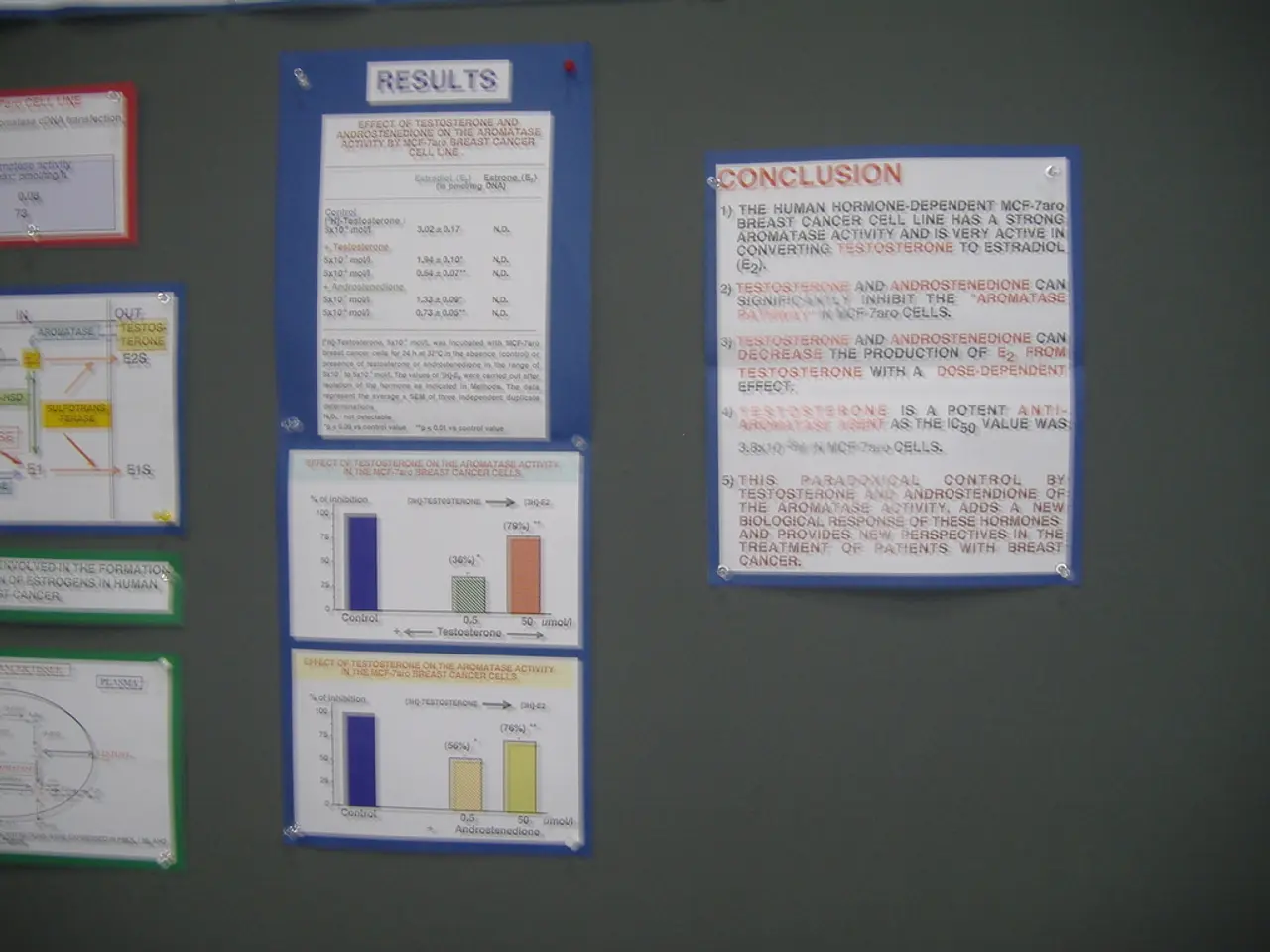Geographical Division: Description, Operation, Advantages, Disadvantages
In the dynamic world of marketing, understanding the needs and preferences of consumers is paramount. One effective way to achieve this is through geographic segmentation, a strategy that divides consumers based on their location. This approach allows businesses to offer the right product for specific markets and cater to local tastes, creating a competitive advantage.
Marketers segment customers by geographic units such as countries, regions, cities, or neighbourhoods, tailoring messages and offers to match local preferences and needs. This localized messaging involves customising language, cultural references, and promotional content to align with local customs and consumer behaviour.
By focusing marketing budgets on high-potential geographic areas identified through sales data, website traffic, or social media engagement, businesses can optimise their marketing efforts and increase return on investment (ROI). Moreover, geographic segmentation allows companies to modify products or pricing strategies according to geographic demand, climate, or economic conditions.
The benefits of geographic segmentation are numerous. For instance, it simplifies and eases implementation, as geographic data is objective, easy to collect, and analyse compared to behavioural or psychological data. This enables quick reaction and personalisation of campaigns tailored to specific areas.
Another advantage is the optimised marketing budget. By targeting regions with high demand and conversion potential, businesses reduce wasted spend and increase ROI. Additionally, tailoring marketing content to local language, culture, and preferences makes communications more relevant, improving consumer engagement and loyalty.
Geographic segmentation also informs business decisions, such as product development, pricing, staffing, and inventory management, to better match local market conditions. Respecting regional cultural norms fosters emotional connections and repeat purchases by making customers feel understood rather than sold to.
Moreover, geographic segmentation can highlight unexpected regions with strong interest, enabling businesses to explore new markets and revenue streams. It can also improve customer satisfaction by delivering personalised marketing and service experiences based on geographic context.
In conclusion, geographic segmentation is a valuable tool for businesses seeking to precisely target and serve customers based on where they live or interact. By doing so, it improves marketing efficiency, customer engagement, and business growth. Companies like McDonald's and KFC, for example, have successfully employed geographic segmentation to modify their menus according to local tastes. Similarly, companies selling air conditioners in tropical countries like Indonesia and Malaysia modify them into space heaters for cold countries like Europe. This strategy is not only beneficial for large corporations but also for medium and small businesses, who may prefer local markets due to resource constraints and local customer insight.
Marketers can use geographic segmentation to tailor their messages and offers to match local preferences and needs in business, customizing language, cultural references, and promotional content to align with local customs and consumer behavior. This localized messaging can optimize marketing budgets by targeting high-potential geographic areas, thereby increasing return on investment (ROI).







